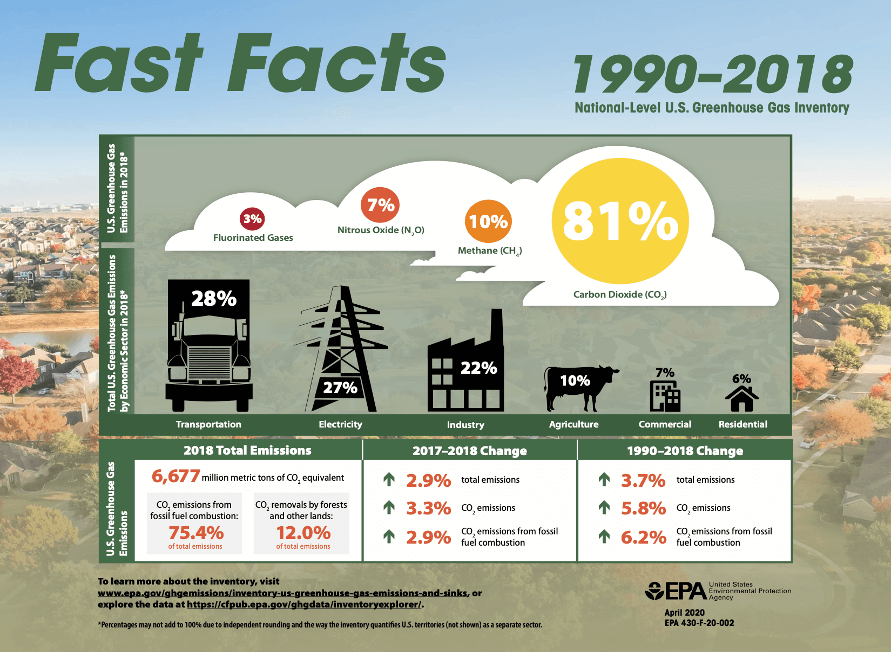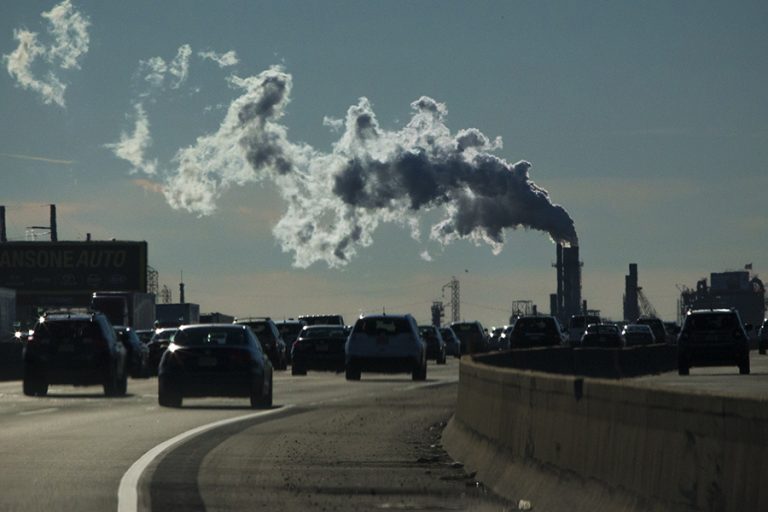U.S. emission policies are critical for addressing environmental challenges, yet they often fall short of achieving meaningful reductions in pollution and greenhouse gas emissions.
The effectiveness of these policies is undermined by regulatory loopholes, inconsistent enforcement, and political influence from powerful industries.
This discussion explores the reasons why U.S. emission policies are failing the environment, examining factors such as outdated regulations, insufficient incentives for clean energy, and the ongoing reliance on fossil fuels.
By understanding these shortcomings, we can identify potential solutions to enhance the effectiveness of emission policies and better protect the environment.
One major issue with U.S. emission policies is the reliance on outdated regulations. Many of the current policies are based on standards established decades ago, which may not reflect the latest scientific understanding of environmental impacts or the advancements in technology.
For example, the Clean Air Act, while instrumental in reducing air pollution, has not been sufficiently updated to address new sources of emissions or emerging pollutants.
The slow pace of regulatory updates hampers the ability to effectively combat pollution and protect public health.
Inconsistent enforcement of emission policies also contributes to their ineffectiveness. Regulatory agencies, such as the Environmental Protection Agency (EPA), often face challenges in monitoring and enforcing compliance with emission standards.
Also Read: Why American Automakers Are Slow to Adopt European Safety Standards
Limited resources and political pressures can hinder their ability to conduct thorough inspections and penalize violators.
As a result, many polluters escape accountability, undermining the effectiveness of emission policies. The lack of stringent enforcement creates a disincentive for companies to invest in cleaner technologies and practices.

The influence of powerful industries on policymaking is another significant barrier to effective emission policies.
Lobbying efforts by the fossil fuel, automotive, and manufacturing industries can lead to the weakening or delay of regulations aimed at reducing emissions.
These industries often prioritize economic interests over environmental protection, resulting in policies that fail to adequately address the root causes of pollution.
The political clout of these industries can also lead to exemptions and loopholes that allow major polluters to continue their harmful practices with minimal consequences.
Insufficient incentives for clean energy development and adoption further hinder the effectiveness of U.S. emission policies. While there are some federal and state-level incentives for renewable energy and energy efficiency, they are often inconsistent and limited in scope.
The lack of comprehensive and long-term support for clean energy initiatives hampers the transition away from fossil fuels.
Moreover, the existing subsidies and tax breaks for fossil fuel industries create an uneven playing field, making it difficult for renewable energy sources to compete and gain market share.
The ongoing reliance on fossil fuels is another critical factor contributing to the failure of U.S. emission policies.
Despite the growing awareness of the environmental impacts of fossil fuels, the U.S. continues to invest in and rely on coal, oil, and natural gas for energy production.
This dependence on fossil fuels perpetuates high levels of greenhouse gas emissions and air pollution, counteracting efforts to mitigate climate change and improve air quality.
The continued expansion of fossil fuel infrastructure, such as pipelines and drilling projects, further entrenchs the country’s reliance on these nonrenewable energy sources.
Also Read: Mazda’s Modernized Flat Logo Designed for the Digital Age

